Protecting online games from hacking attacks is a constant battle for developers. With the increasing popularity of multiplayer games and the lucrative virtual economy surrounding them, hackers in video games are always looking for new ways to gain an unfair advantage. Luckily, memory monitoring can help protect their games from various attacks. But what are those attack methods hackers use? Here we highlight three of the most dangerous attack methods.
Security Solution Bypassing
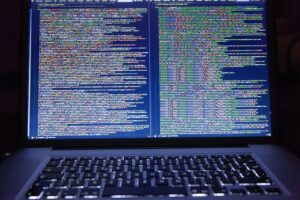 In the constant battle between game developers and hackers, game developers often employ security solutions, such as GameGuard and XignCode. But, hackers also employ various methods to circumvent these security solutions put in place by developers, allowing them unauthorized access and control over game mechanics. The hackers usually go through the use of proxy servers, reverse engineering, and obfuscation techniques.
In the constant battle between game developers and hackers, game developers often employ security solutions, such as GameGuard and XignCode. But, hackers also employ various methods to circumvent these security solutions put in place by developers, allowing them unauthorized access and control over game mechanics. The hackers usually go through the use of proxy servers, reverse engineering, and obfuscation techniques.
To combat these attacks, developers must stay one step ahead by implementing robust encryption algorithms, regularly updating their security systems, and employing real-time monitoring tools that can detect suspicious behavior patterns.
Memory Forgery and Alteration
This technique involves manipulating the game’s memory to modify important variables such as player health, ammunition count, or even game physics. By altering the memory, hackers can effectively cheat their way through the game without any skill or effort. They can increase their health points to become invincible or manipulate their ammunition count to have infinite bullets. This not only ruins the gaming experience for legitimate players but also undermines the integrity of competitive gameplay. To carry out this attack, hackers often use specialized tools called memory editors or trainers. These allow them to scan and adjust specific regions of a game’s memory while running. By identifying and changing key values in real time, they can manipulate various aspects of the game to their advantage.
DLL Injection
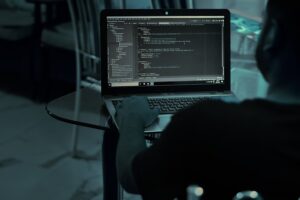 In this technique, malicious code is injected into the game’s Dynamic Link Library (DLL), allowing the attacker to manipulate the game’s behavior and gain an unfair advantage. To carry out DLL Injection, hackers exploit vulnerabilities in the game’s code or external libraries that it relies on. They inject their own DLL file into the game’s process space, overriding legitimate functions with their malicious counterparts.
In this technique, malicious code is injected into the game’s Dynamic Link Library (DLL), allowing the attacker to manipulate the game’s behavior and gain an unfair advantage. To carry out DLL Injection, hackers exploit vulnerabilities in the game’s code or external libraries that it relies on. They inject their own DLL file into the game’s process space, overriding legitimate functions with their malicious counterparts.
Once injected, the hacker can execute arbitrary commands within the game, such as enabling cheats, revealing hidden features, or even controlling other players’ characters. This not only disrupts fair gameplay but also poses serious security risks for players. Developers need to be proactive in preventing DLL Injection attacks by implementing strong security measures. But how? Here is the answer. It is crucial for developers to stay vigilant and implement robust security measures against these attack methods. Regularly updating and patching their games can help address known vulnerabilities and prevent exploitation by hackers. Implementing strong encryption protocols, monitoring network traffic for suspicious activity, and employing anti-cheat mechanisms can also go a long way in safeguarding online gaming experiences.



 Paper maps and compasses are stapled accessories such as hikers for centuries, and while we would constantly counsel packing both when going to the wilderness, electronic maps from ViewRanger would be the ideal means of dragging your nation stroll to the 21st century. As you’d expect from maps intended for usage in the excellent outdoors, ViewRanger’s maps are entirely offline, operating on a selection of apparatus from iPhones and Android telephones.
Paper maps and compasses are stapled accessories such as hikers for centuries, and while we would constantly counsel packing both when going to the wilderness, electronic maps from ViewRanger would be the ideal means of dragging your nation stroll to the 21st century. As you’d expect from maps intended for usage in the excellent outdoors, ViewRanger’s maps are entirely offline, operating on a selection of apparatus from iPhones and Android telephones. You have got your maps, a means to get hold of the external world if anything else goes wrong, along with a manner of cooking meals, however, you can not have too much water when walking along with the Katadyn Hiker Pro Water Filter implies you are going to have the ability to top up from lakes and streams once you are out and around.
You have got your maps, a means to get hold of the external world if anything else goes wrong, along with a manner of cooking meals, however, you can not have too much water when walking along with the Katadyn Hiker Pro Water Filter implies you are going to have the ability to top up from lakes and streams once you are out and around.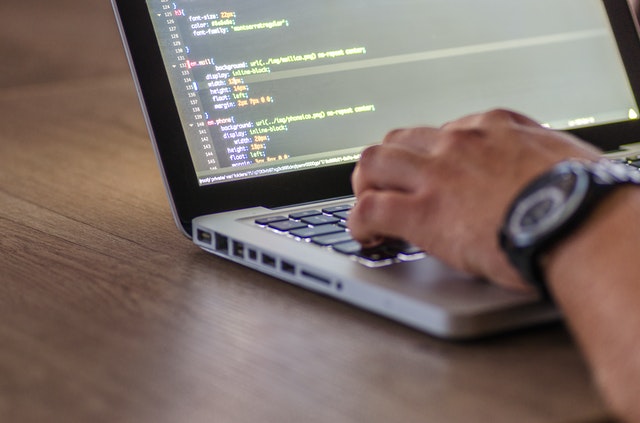

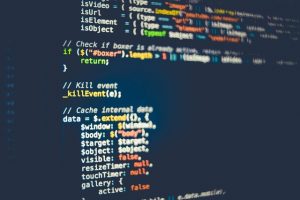


 Accounting software is an essential tool for businesses of all sizes, from small startups to large corporations. With the right accounting software, companies can easily manage their financial records and transactions. One of the primary benefits of using accounting software is its ability to simplify bookkeeping tasks. Rather than manually entering data into ledgers or spreadsheets, businesses can rely on automated processes that save time and reduce errors. Another advantage of accounting software is its ability to generate detailed reports quickly. Business owners can use these reports to analyze their finances, identify trends, and make informed decisions about future investments or expenditures.
Accounting software is an essential tool for businesses of all sizes, from small startups to large corporations. With the right accounting software, companies can easily manage their financial records and transactions. One of the primary benefits of using accounting software is its ability to simplify bookkeeping tasks. Rather than manually entering data into ledgers or spreadsheets, businesses can rely on automated processes that save time and reduce errors. Another advantage of accounting software is its ability to generate detailed reports quickly. Business owners can use these reports to analyze their finances, identify trends, and make informed decisions about future investments or expenditures.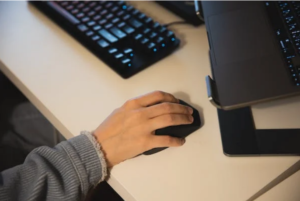 Communication is vital for any business to
Communication is vital for any business to